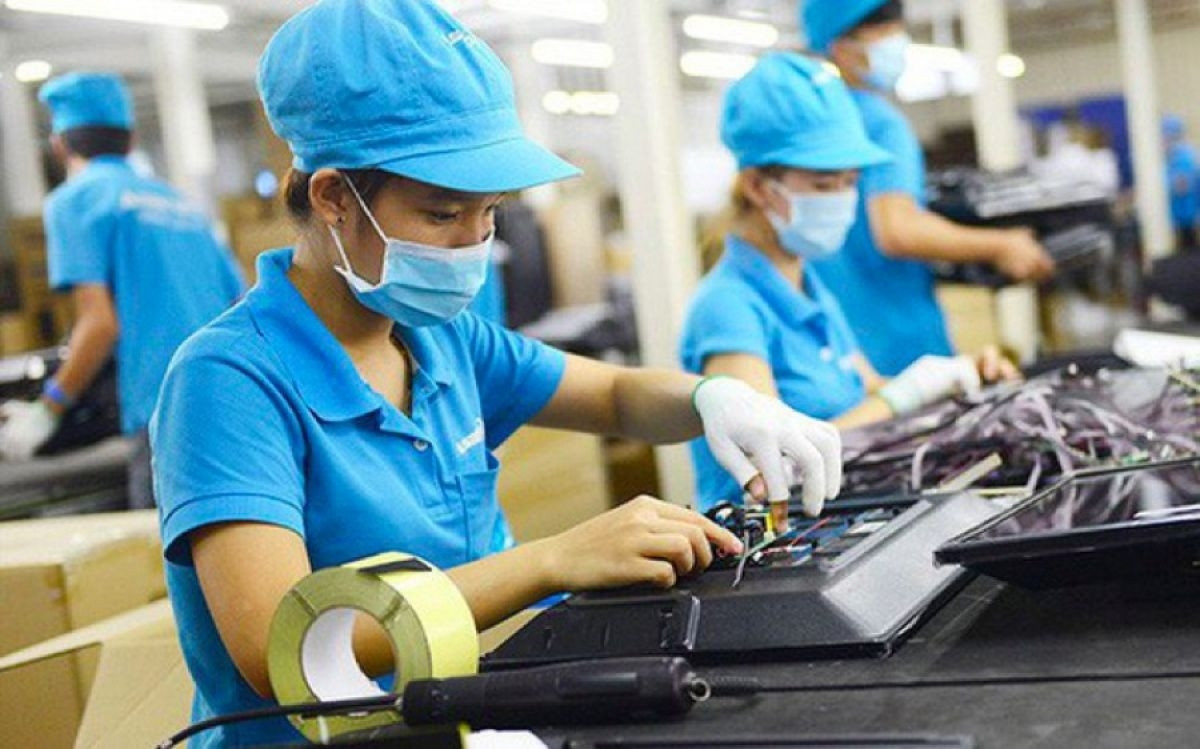

Global Finance, a magazine providing global news and insight for corporate financial professionals, reported that Vietnam’s population is about to reach an impressive milestone of 100 million, creating an important driving force for the economy.
A larger population translates into a bigger domestic consumer market, enhanced availability of skilled workers, and a more attractive profile for foreign investment, said the magazine.
Meanwhile, Brian Lee Shun Rong, a macroeconomist at Maybank, Singapore, quoted the United Nations Population Fund, saying Vietnam is likely to maintain a golden population structure until 2029, meaning it can take advantage of favourable demographics at least for more than 20 years to drive growth in the long term.
In his opinion, Vietnam needs to further invest in higher education and vocational training, and leverage its large workforce to boost economic productivity to elevate the economy in the global value chain.
The Banker that gives the latest UK and international banking, finance, and business coverage and analysis noted Vietnam, along with India, Malaysia, and Indonesia, is undergoing a an upward trend in foreign direct investment inflows, especially in manufacturing thanks to supply chain shifts.
Al Arabiya, a TV channel providing an in-depth coverage of breaking news in Saudi Arabia and the world, reported that Vietnam, Thailand, India and Cambodia are the first to benefit this year from the shifting of the semiconductor manufacturing industry from traditional production bases.
Tristan Cotte, managing director of Salveo, a subsidiary of Adit Group which specialises in investment consulting, shared that Vietnam is a typical example of economic recovery ability.
Despite global uncertainties, Vietnam remains stable, having grown steadily over the past 30 years in spectacular fashion, the executive said, adding Vietnam is an investment destination not to be missed.
In its recently released Asian Development Outlook, the Asian Development Bank forecast that Vietnam’s economic growth would be 6.5% this year before rising to 6.8% next year. The rates would be achieved if the government resolves to speed up public investment disbursement, apply a flexible monetary policy and promote domestic consumption.
However, the bank also warned about the risks of external inflation, the liquidity of the banking system, and the slow spending in major markets.
Source: VOV